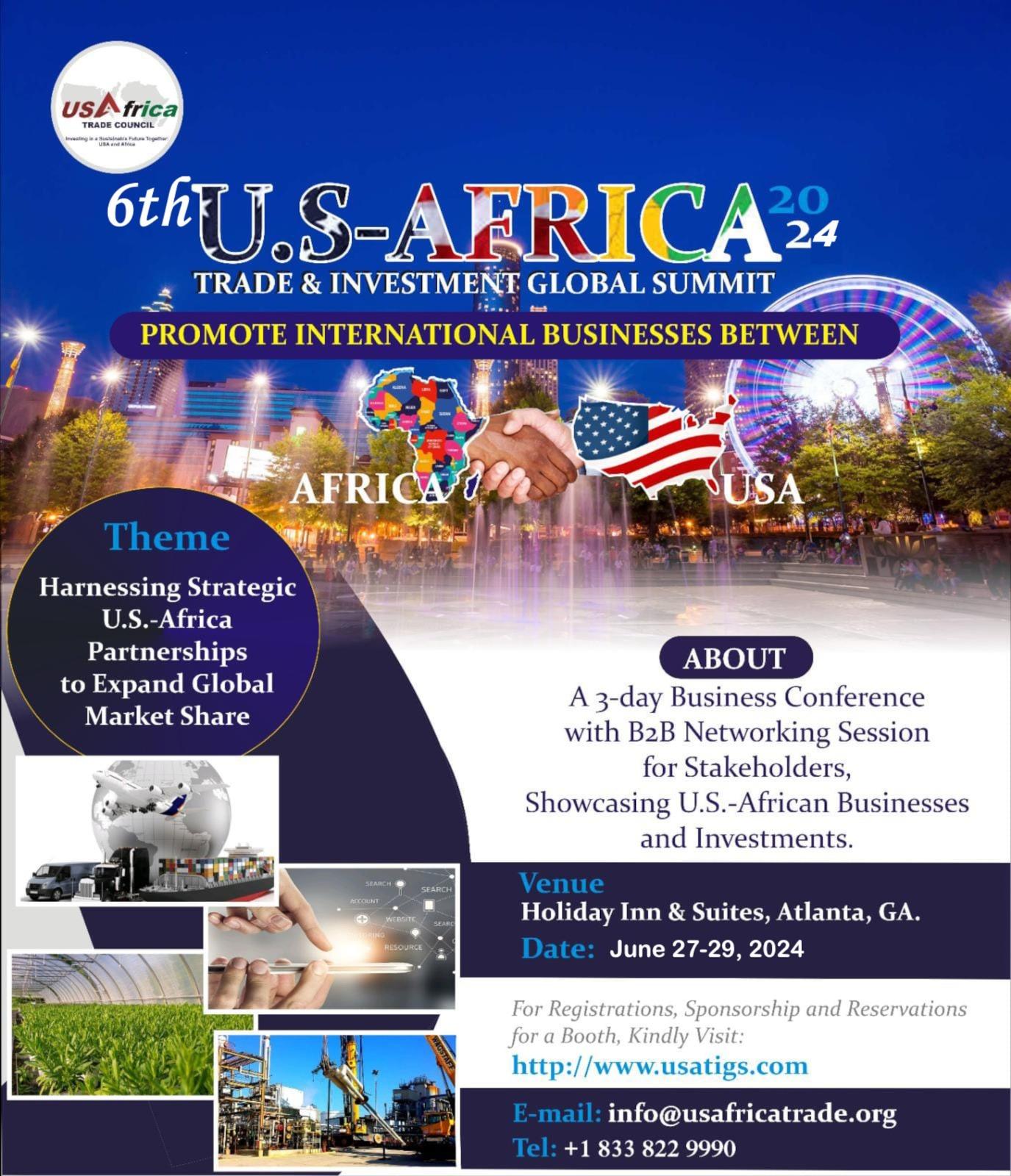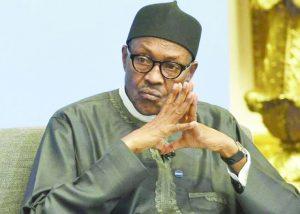Managers struggle with strategic planning — to the extent that some experts claim that there’s no such thing. Actually, strategic planning is a very useful part of the toolkit, provided you can avoid the stumbling blocks. The key is to recognize that a strategic plan is not a to-do list but rather a set of ideas that you will certainly change. Given that, it’s important to build change into the process. Finally, don’t tie your strategic plan too closely to your budget
Strategic planning has been branded a “big lie.” One reason is that what really unfolds for an organization is not the same as what was articulated in the strategic plan to begin with. The result “emerges.” In other words, the plan needs updating as time progresses.
Another criticism is that what takes place in “strategic” planning isn’t “strategy” at all. Business-as-usual takes over and the creative thinking behind bold business moves becomes sidelined. For these and other reasons strategic planning has long been scheduled for a big “fall.” That prediction was made nearly 30 years ago.
So, why are we still talking about “strategic planning?” Because we are still talking about it in corporate corridors, executive suites, and boardrooms around the globe. Executives appreciate the value of the concept. And the strategic planning process clearly serves a purpose. The problem lies not in the concept but in the misconceptions about how to use it.
To find out more about strategic planning in practice, I interviewed several CEOs for their firsthand accounts of where strategic planning goes wrong — and right.
Stumbling Block 1: Unrealistic expectations
Mitch is the CEO of a business that makes “fasteners,” such as screws, for motor-vehicle manufacturers and the construction industry. Mitch’s main problem at present is that the company is being impacted by an influx of low-priced imports from China and India. The threat to his business is existential.
On becoming CEO, which is when he commenced his strategic planning journey, he admits that his expectations were unrealistic. “When I started strategic planning, I was looking for something that hit me in the face and said, ‘This is what you have to do to get to where you want to be.’” Mitch expected that fixed plan, that perfect program that he could follow step by step to achieve an outcome.
How to fix it: Change your strategy mindset
You need to not only accept volatility but also recognize your inability to come up with the perfect plan.

Hannah is the CEO of a major egg producer in Australia. In the past, her expectations of strategic planning leaned towards it guaranteeing a clear and certain future. But the company has in the past years struggled with border closures, disruptions to supply chains, flooding, and intense competition
In response, she shifted her thinking, shaping it along Carol Dweck’s ideas of a fixed vs. growth mindset. Dweck describes how individuals may have a fixed or growth mindset. A fixed mindset believes that some capabilities, such as talent or intelligence, are given and unchangeable. A growth mindset, in contrast, holds that individual abilities are elastic and can improve over time.
Hannah recognized that her thinking about her organization’s capabilities was fixed. Thus, she expected to find success via a rigid, mechanical plan. She came to understand that her workforce of individuals with great and diverse talent had immense and untapped capacity. She transformed her thinking to become more organic and more understanding of the pliable potential of her business. As she explained, “Even if we thought we’d found the perfect plan, it wouldn’t be the answer for very long. The business’s circumstances are changing so fast.”
Stumbling Block 2: Wrong model
Julie is a senior executive in an investment bank. While it provides many of the same services as traditional banks, it also manages client assets via large investment funds. She and her executive team would meet annually to undertake a strategic review and develop a strategic plan. The results were usually disappointing, as each year they’d look at what they’d achieved against their plan and notice a gap. Her executive team’s conclusion was startling. “We’ve given up on strategy,” she said, “we’ve gone back to tactics.”
On further questioning, Julie revealed a misplaced paradigm. The model she and her executive team had embedded subconsciously was of a different type of “plan.” It was the kind you see in the construction industry which does produce certainty — a building plan. In that industry, plans are detailed to the last door handle and are designed to eliminate errors and miscommunication between architect and builder.
How to fix it: Shift your planning model
Don’t get stymied by overemphasizing “planning” in your company’s strategy development.
Terry is the CEO of a business that manufactures “medicines for animals” including farm animals and domestic pets. He recognized that he was limiting his development of strategy through his obsession with having a detailed plan.
His shift was inspired by the words of a boxer. Mike Tyson famously said, “Everyone has a plan until they get punched in the mouth.” Rather than view strategic planning as a big fight, Terry has shifted his paradigm to be a series of rounds punctuated by numerous encounters.
This has led Terry to appreciate that strategic planning is a way of making sense of an uncertain future. That’s not to say the future will turn out exactly as planned. Nor does it mean no plan at all since even an often-changing plan produces preparedness.
While Terry still holds an annual strategic retreat to act as a reset, he has instituted mini-reviews throughout the year. At first, he made the mistake of combining a review of operations with a review of strategy. That didn’t work as the operational swamped the strategy. He also recognized that it was the operational focus that led to “planning” becoming dominant. He now holds quarterly strategic reviews at which discussion of operational issues is banned. This has shifted the thinking away from “planning” and to “corporate future direction.”
Stumbling Block 3: Budget override
Andrew is the CEO of a business that makes chemicals for agriculture. They are all based on vegetable oils and include wetting agents, soil adjuvants, organic insecticides and a growth regulator. These are applied to pasture, horticulture, cotton, and broadacre cropping.
He explained his problem this way. “When we get together as an executive team to plan strategically, discussion inevitably turns to the budget. I guess that’s because from the beginning of one year to the next, we’re focused on meeting budget.” The result is that Andrew and his team rarely get to think outside budget parameters. The budget overrides what there is of strategic thinking and, in turn, limits strategic planning.
How to fix it: Loosen the coupling between budget and plan
Adrian is CEO of a company that manufactures concrete blocks. He explains how he’s come to grips with a flexible strategic plan and a rigid budget.
“You still have to make budget,” he says. “You still must meet those sales targets. That’s a given. Revenue and expenses as promised in the annual financials must be met. Budget blowouts are a no-no.”
But there’s a paradox, as Adrian outlined. Budgeting takes place within the context set by the strategic plan. The point at which the budget is set is the same point at which executive and shareholder expectations are put in place. Now circumstances change. And in a flexible planning environment so too does the strategic plan. What happens to the budget?
Adrian points out that you can kill two birds with the one stone. With his strategic plan he’s able to improve what the business is doing now to get those budgeted results, to reach those targets. At the same time, the strategic planning process helps his business explore fresh opportunities outside the activity enshrined in the budget.
Your Strategic Planning Future
My experience tells me that strategic planning won’t disappear anytime soon. It’s a way of shaping how to negotiate a changing future. Everyone needs that.
A strategic plan is also not a set-and-execute document. Developing it involves a responsive process of continual anticipation. It’s a way to contemplate changing circumstances. Without a plan, you lack preparedness.
So, your strategic plan will be “wrong.” That’s ok. Go ahead and make one anyway.
hbr.org





















